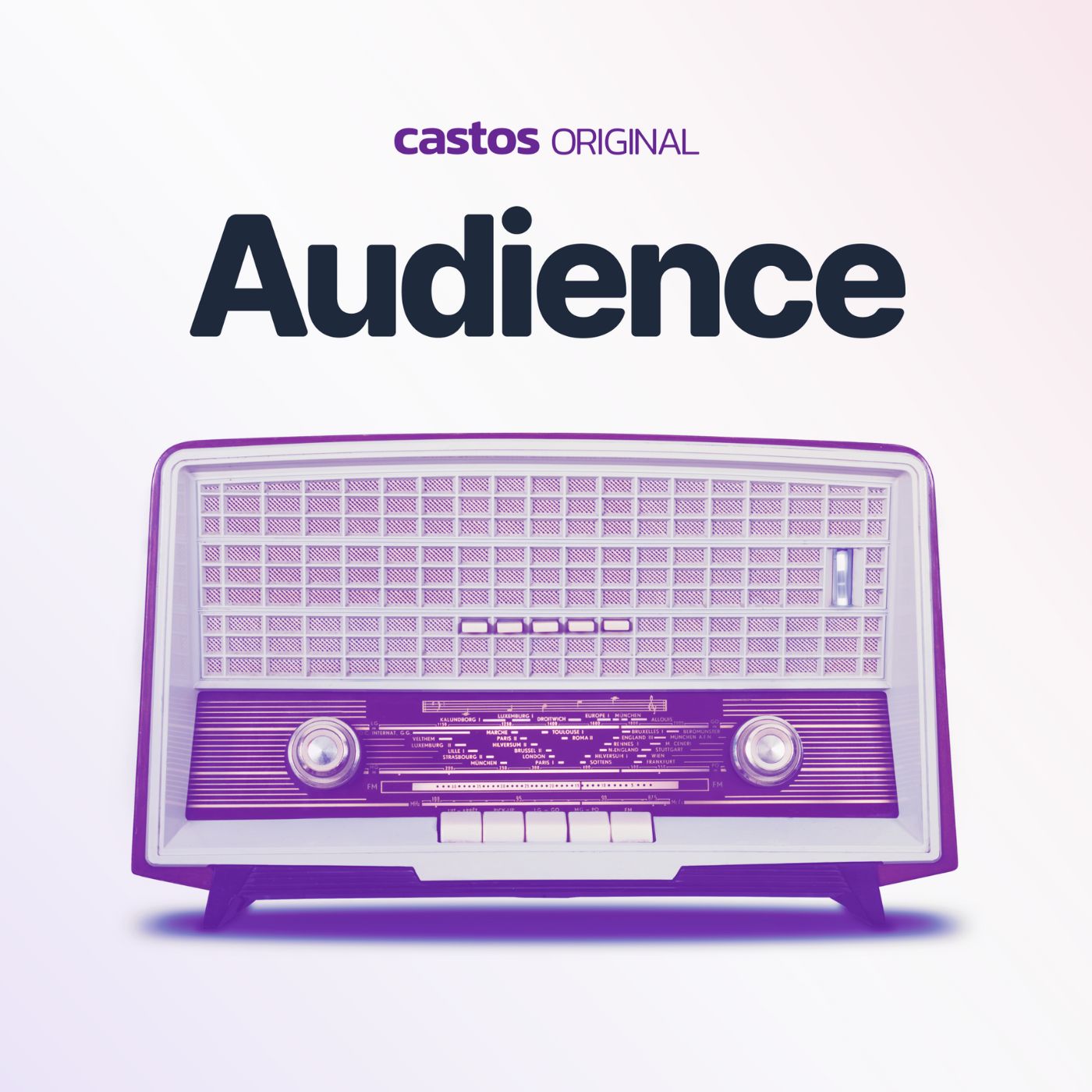
Rob Walling On How To Podcast For 10 Years Straight

Audience
Shownotes Transcript
Motivation is a fickle thing. Some days it’s front and center, driving you to produce your best work. Others it’s no where to be found and things that used to be a priority can fall to the wayside.
The rollercoaster of motivation is a central theme in our latest episode of Audience). Craig sits down with Rob Walling, found of Drip) and TinySeed), who has produced over 500 podcast episodes. His show, Startups For the Rest of Us), has been on the air for 10 years. Throughout that time, the show has experimented with new formats, went from co-hosts to a one man show, and spurred a successful live conference series.
Given Rob’s passion for and success with podcasting, he’s just the guy to help you maintain or re-spark your motivation. Throughout our interview, he describes his biggest podcasting regret, how to talk ad nauseam about the same topic, and why fostering a community with his listenership is his biggest legacy.
Listen to the full episode to learn how a podcaster with 10 years of experience under his belt finds the motivation to keep going.
How Startups For the Rest of Us Has Changed
A lot has changed in the podcasting industry in 10 years. And the same thing can be said for Rob’s podcast, Startups For the Rest of Us.
Starting out, Rob describes feeling nervous behind the mic. He wrote out, word-for-word, a script of exactly what he wanted to say for each episode. It took about 250 recordings to find his voice and feel more comfortable talking candidly with his co-host. And then he and his co-host hit the complacent years. Both in the midst of building their start-ups and family life, they stopped experimenting and trying new things. They still showed up each week, but had lost the motivation to innovate.
It was just within the last year, at episode 448, that things started to change. His co-host, Mike Taber, decided to take back from recording every episode. And with that shift, Rob rediscovered his motivation to start innovating again.
He ushered in new formats, more experiments, and pushed the show to excel beyond its original success. Now surpassing 500 episodes, Startups For the Rest of Us continues to inspire bootstrapped entrepreneurs.
Talking About The Same Topic For 10 Years
After settling on a podcast topic), the realization that you may be talking about same subject for years to come sets in. If you’ve taken the advice from successful podcasters, you chose a topic that you’re passionate about. But how do you find new ideas and angles about the same general topic week after week?
Rob’s advises to “peel the onion”. The podcasts that make a splash bring new perspectives and voices to the table. Your focus, whether you’re on episode 10 or 100, should always be how can I add something different to the conversation?
For Startups For the Rest of Us, Mike and Rob started building episodes from content they’d previously written about in books and articles. But then episode 30 hit and they ran out of things to say. That’s when they realized listeners had submitted questions via email and Twitter that they never addressed. A new episode format was born and they continued consistently publishing new material.
In the years when their other professional ventures dominated their time, they reduced how frequently they published episodes. Moving from publishing weekly to twice a month helped them stretch out topic ideas. But as growth stagnated, they realized their audience was engaging less.
So they moved back to a weekly schedule with a new found determination to support their loyal fanbase. By introducing expert interviews, roundtables, and hot seat formats, they continued to dissect their entrepreneurial niche by focusing on under-represented points of view.
Our main takeaway from Rob’s answers is the idea of experimentation and innovation. He says he’s not afraid to try new things because it’s not permanent. You can always revert back to what was working before. But when you stop trying new things and put the show on auto-pilot, you’ll inevitably bore longtime followers.
How To Experiment With Podcast Format
Mixing up content styles and formats is a popular way to keep an audience engaged. But what’s the best way to approach it without alienating listeners?
Rob and Craig share the same process because they’ve each found transparency to be key. The relationship between podcaster and listener is a two way exchange. In order to honor that connection, start any format experiment by telling your listeners what to expect.
We do this with Audience when switching between interviews, monologue episodes, and answering listener questions. The new format is explained in the prior week’s episode and again at the top of the affected episode as a reminder. Being transparent can also help with building out the new format you want to try. If you want to include listener participation, put out a call-to-action in previous shows to get more submissions.
Once a new format airs, the work isn’t done. Look to your podcast analytics) to gauge how the episode performed. Did total listens remain consistent? Did people consume the entire episode? Did your subscriber count increase?
And don’t be afraid of talking to your audience directly. Rob recounts a time chatting with a regular listener. He asked for their constructive feedback about the new formats he was testing. Up to this point, Rob told his listeners he was following a content calendar to rotate through multiple styles. Thinking the schedule would be beneficial in managing expectations, the feedback he gained said the opposite. The listener said liked the episode variety but he preferred when Rob went rogue and didn’t follow the rotating schedule.
Feedback in hand, Rob realized he didn’t have to follow a methodical calendar. His audience was ready for more variety and came to enjoy it more than his old approach.
Advice For Beginner Podcasters
There’s a lot to learn from someone who has been podcasting for 10 years. Starting when the industry was just emerging and creating two new shows within the last year, Rob is here to stay. But what advice does he have to beginners?
He starts with the biggest misconception. When he hears people say the space is too crowded, he has a rebuttal. He says there’s always room for novelty, innovation, and opportunity for new perspectives to speak on evergreen topics). If you feel there’s a gap in a niche, go for it but ask yourself how your show is different.
Begin with picking a few shows or interviewers you want to emulate in tone, style, and format. Use your favorite episodes as inspiration and a starting point to find your own voice. There’s no shame in paying homage to the podcasters before you.
Rob continues on this point. He says, “If I were to start from scratch today, I would cut my teeth with a hobby podcast that’s aimed at a super tight niche. Like a B-tier TV show where no other podcast exists, and you can watch the show as it comes out and talk about it. Learn how to edit and learn how to publish. And people who like that show will rally around it and find your feed.”
Resources Mentioned In This Episode
- Subscribe to Startups For the Rest of Us)
- Learn more about TinySeed)
- Learn more about Microconf)
- Follow @RobWalling) on Twitter
- Hear Jack Rhysider) describe how his listeners use Discourse to create a community